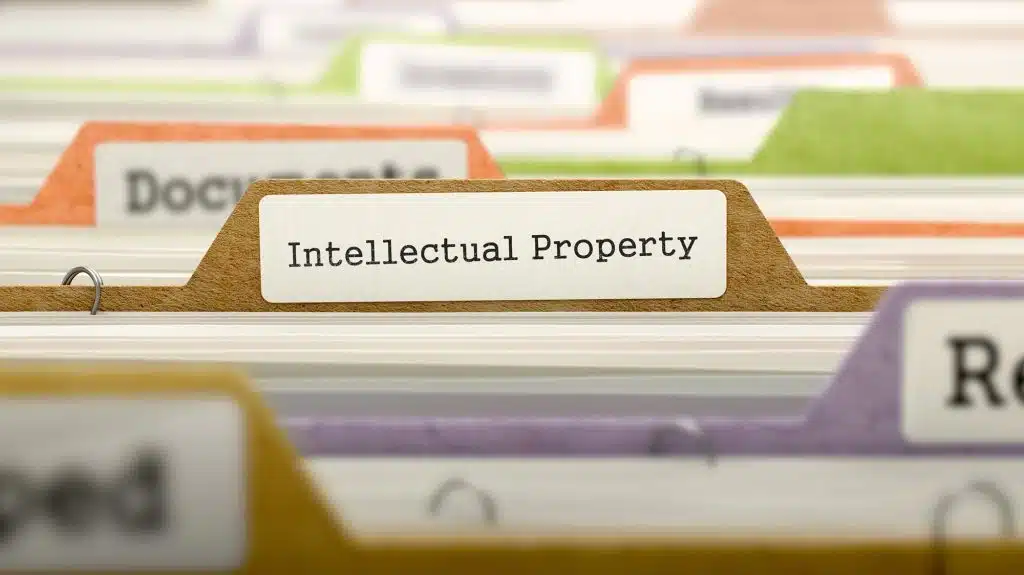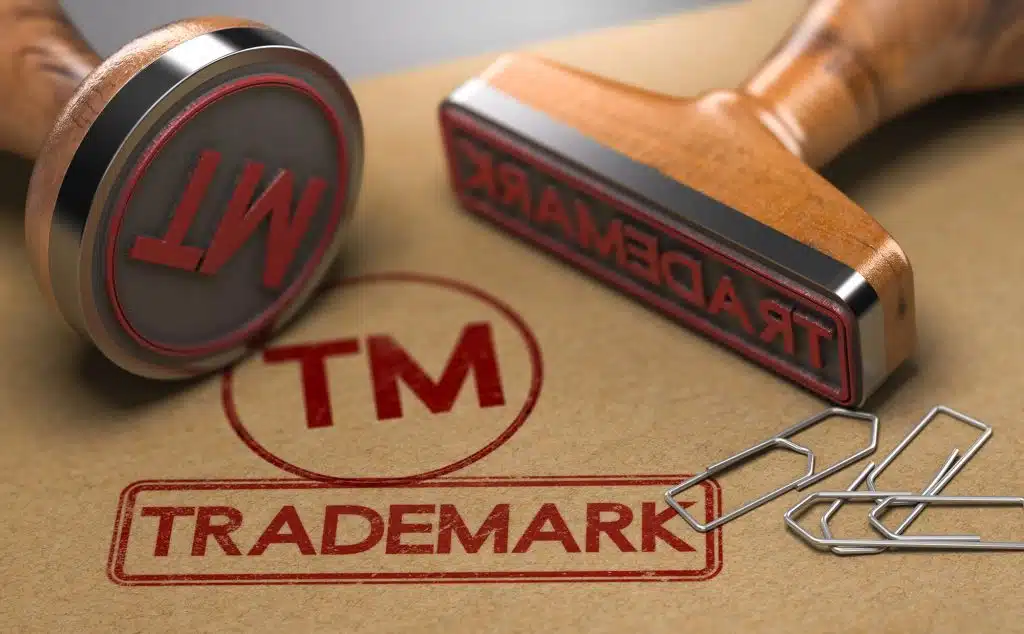Introduction
Protecting your intellectual property and registering a trademark should always be one of the first things you do in order to protect your assets and your business. However, whilst incredibly important, on its own a registered trademark offers little physical protection against any goods that may enter Australia that infringe on your intellectual property rights.
Counterfeit goods entering Australia can have serious repercussions for you and your business, both from the perspective of lost sales but also potential damage to your reputation.
However, a frequently overlooked avenue is to utilise your trademark by lodging a Notice of Objection with the Australian Border Force (ABF), allowing the ABF to seize goods in customs that appear to infringe on your intellectual property rights.
It is worth noting that lodging a Notice of Objection is not just limited to registered Australian trademarks but can also be lodged in relation to copyright, protected Olympic expressions and indica and images relating to major sporting events. However, for the purposes of this article we will be focusing on registered Australian trademarks.
This article will explore what a Notice of Objection is and how it can provide added protection to your business.

Notice of Objection
A Notice of Objection is a legal document you can lodge either as the registered owner of an Australian trademark or as an authorised user of a registered Australian trademark.
In applying for the Notice of Objection, you will need to provide evidence showing that you are the registered owner of an Australian trademark or provide a letter of authorisation from the registered owner stipulating that you are an authorised user who is permitted to file a Notice of Objection.
Each Notice of Objection must also be accompanied by a Deed of Undertaking. This deed requires the registered owner or authorised user who is lodging the Notice of Objection to agree that they will repay any costs incurred in relation to the seizure of the goods by the ABF, including any storage, transportation or destruction costs. It is worth noting that there are no upfront fees involved in lodging a Notice of Objection. You will only be required to make payment if the ABF seizes any infringing goods.
Once a Notice of Objection is lodged with and approved by the ABF, it grants the ABF a broad range of powers that allows customs officials to seize any goods that infringe or appear to infringe on your registered trademark. However, the goods will only be seized if the imported goods are intended to be used for trade / commerce purposes.
A Notice of Objection in relation to trademarks is valid for a period of four years, and you will be required to lodge a new Notice of Objection at the end of this period. Additionally, the Notice of Objection will only be valid for the time that the trademark remains registered. As such, if your trademark is not renewed and expires during this four year period, the Notice of Objection will immediately expire even if the four period has not yet lapsed.

Notification of Seized Goods
If any goods are seized at customs by the ABF under the Notice of Objection, the ABF will provide formal notice in writing to both the owner or authorised user of the trademark as well as the importer (or their legal representative).
The importance of this step is that this notice and the information it provides will give you as the owner or authorised user the ability to take further action against the importer for infringing your intellectual property rights.
Once the goods are seized and notification is given, a ten working day period commences that is known as the claim period. During the claim period, the importer can request that the seized goods be released at which point the registered owner or authorised user will be notified and be given ten working days to commence legal action against the importer or alternatively, if there is no breach, consent that the goods be released to the importer. This ten working day period is referred to as the action period. If the importer does not request during the claim period that the goods be released, the importer forfeits the goods which usually results in their destruction. If the importer does make a request and the owner or authorised user of the trademark fails to act or consent during the action period, the goods will be released to the importer. If proceedings are commenced during the action period, the ABF will secure the goods until the matter is settled.

Benefits of a Notice of Objection
Whilst a trademark does grant you protection in relation to your intellectual property rights, a Notice of Objection is essential in providing additional physical protection against infringement, specifically in relation to goods imported into Australia.
Not only does the Notice of Objection prevent these goods from being released into the Australian market but it also grants you the opportunity to pursue and take action against importers to prevent future infringement on your intellectual property rights.
One potential downside of this measure is that the onus does lie with the registered owners and authorised users of trademarks to secure the protection as well as bring an action for infringement within the given time frame. However, this is arguably a small price to pay when considering the dramatic impacts that allowing these goods into the market can have on a business.
Conclusion
The proactive measure of lodging a Notice of Objection should be considered by all businesses in Australia that have a registered trademark, particularly for those where goods are at the center of their business.
This measure not only provides brand protection but also provides a meaningful way to pursue infringement and deter future infringement.
The information in this article is for general purposes only and you should obtain professional advice relevant to your specific circumstances.
Get in touch
If you or someone you know wants more information or needs help or advice in relation to intellectual property rights, please contact us.
Related Resources
Business Structuring Corporations
Joint Venture or Partnership? Understanding the difference
What’s the difference between Joint Venture & Partnership Agreements? A joint venture involves two or more persons or entities joining together for a particular project. A partnership is described as a relationship which exists between people carrying on a business, with a common view of making a profit. It also includes incorporated...
Read moreIntellectual Property Startups Trademarks
Introduction to Intellectual Property for business
Introduction to Intellectual Property for business Intellectual property (IP) is the property of your mind or proprietary knowledge and can be an invention, a trade mark, a design or the practical application of your idea. It is important that you understand how to protect IP as it is a valuable...
Read more



